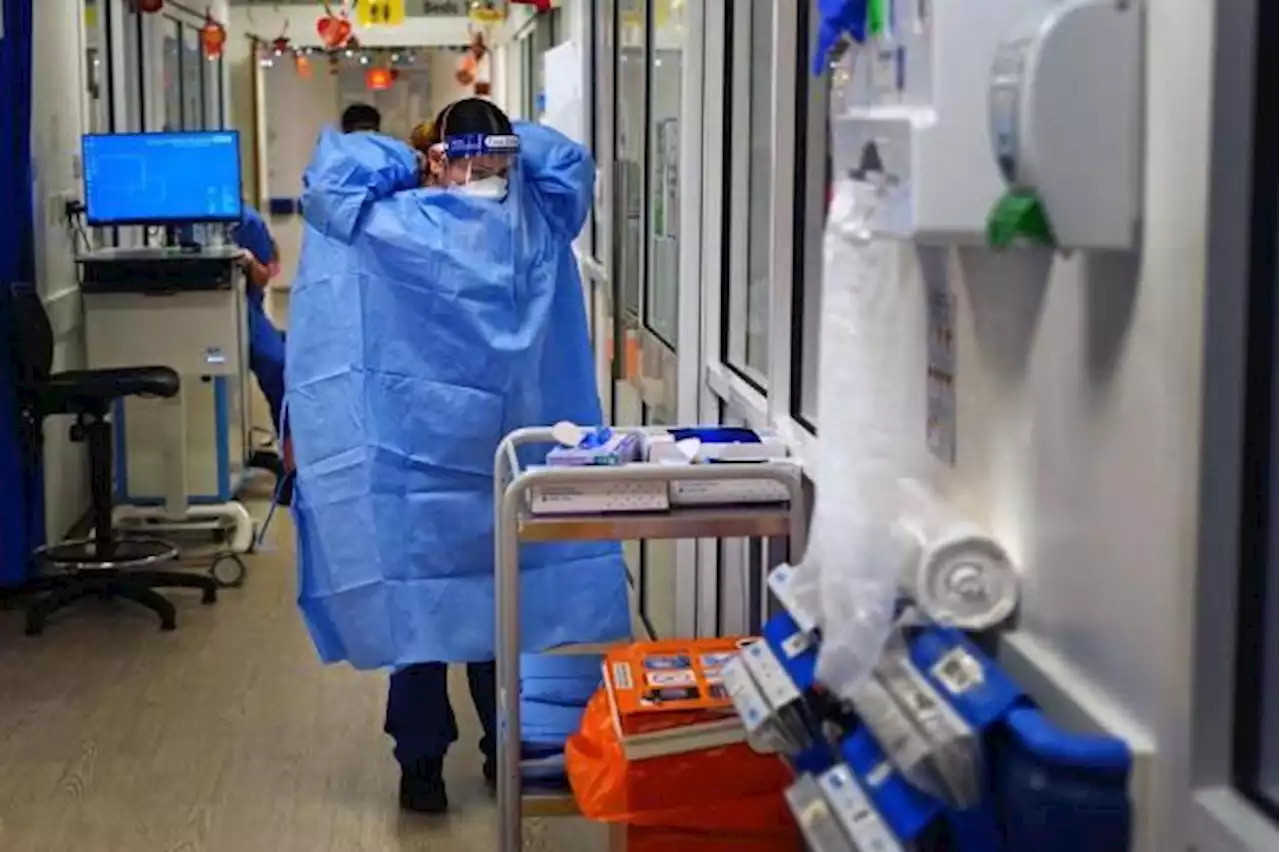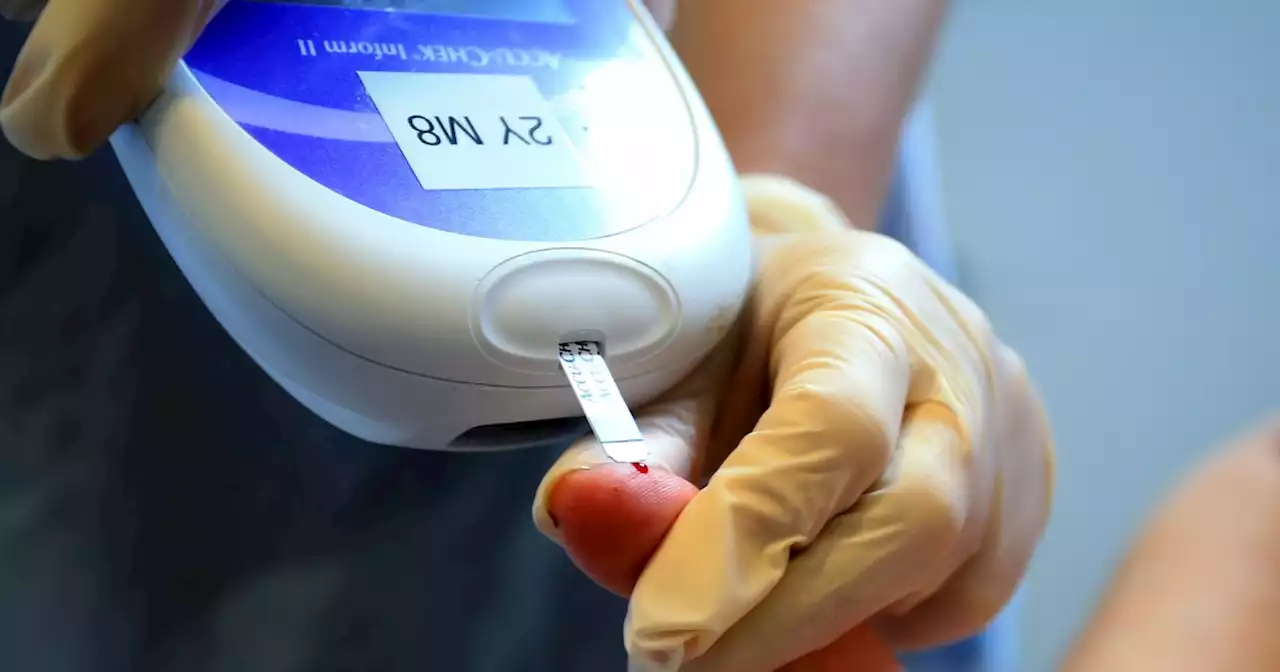More than four million Brits suffer with this serious illness - and they're about to have their lives changed
New figures show that 4.3 million people are now living with a diagnosis of diabetes in the UK, according to Diabetes UK.
The NICE committee was told that children being offered the technology would be subjected to the ‘burdensome’, ‘tiring’, and ‘stressful’ task of finger prick testing several times a day, and instead technology could automate this process. The devices have already been recommended for children with type 1 diabetes.
The recommendation comes following changes to NICE’s guideline on the diagnosis and management of type 1 and type 2 diabetes in children and young people published today .
Professor Partha Kar OBE, national specialty advisor for diabetes at NHS England, added: "Some of the children and young people often have the most complex needs with a high proportion of them having either a learning disability, special educational need or mental health issue. Type 2 diabetes is caused by problems with a chemical in the body called insulin, says the NHS. It's often linked to being overweight or inactive - and it's a lifelong condition that can affect everyday life, including needing regular check-ups, medication and diet changes.
Nikki Joule, policy manager at Diabetes UK, said: “We are pleased to see the new NICE guidelines recommending that continuous glucose monitoring devices are made available for some children with type 2 diabetes.
United Kingdom Latest News, United Kingdom Headlines
Similar News:You can also read news stories similar to this one that we have collected from other news sources.
 Premier League top four race - Tuesday morning update as punters and bookies react to resultsPremier League top four race - Tuesday morning update as punters and bookies react to results nufc epl
Premier League top four race - Tuesday morning update as punters and bookies react to resultsPremier League top four race - Tuesday morning update as punters and bookies react to results nufc epl
Read more »
 Almost seven out of 10 A&E patients in Scotland seen within four-hour targetNearly 70 of patients at Scotland’s emergency departments were seen within the four-hour target – but waiting times continue to fall below the…
Almost seven out of 10 A&E patients in Scotland seen within four-hour targetNearly 70 of patients at Scotland’s emergency departments were seen within the four-hour target – but waiting times continue to fall below the…
Read more »
